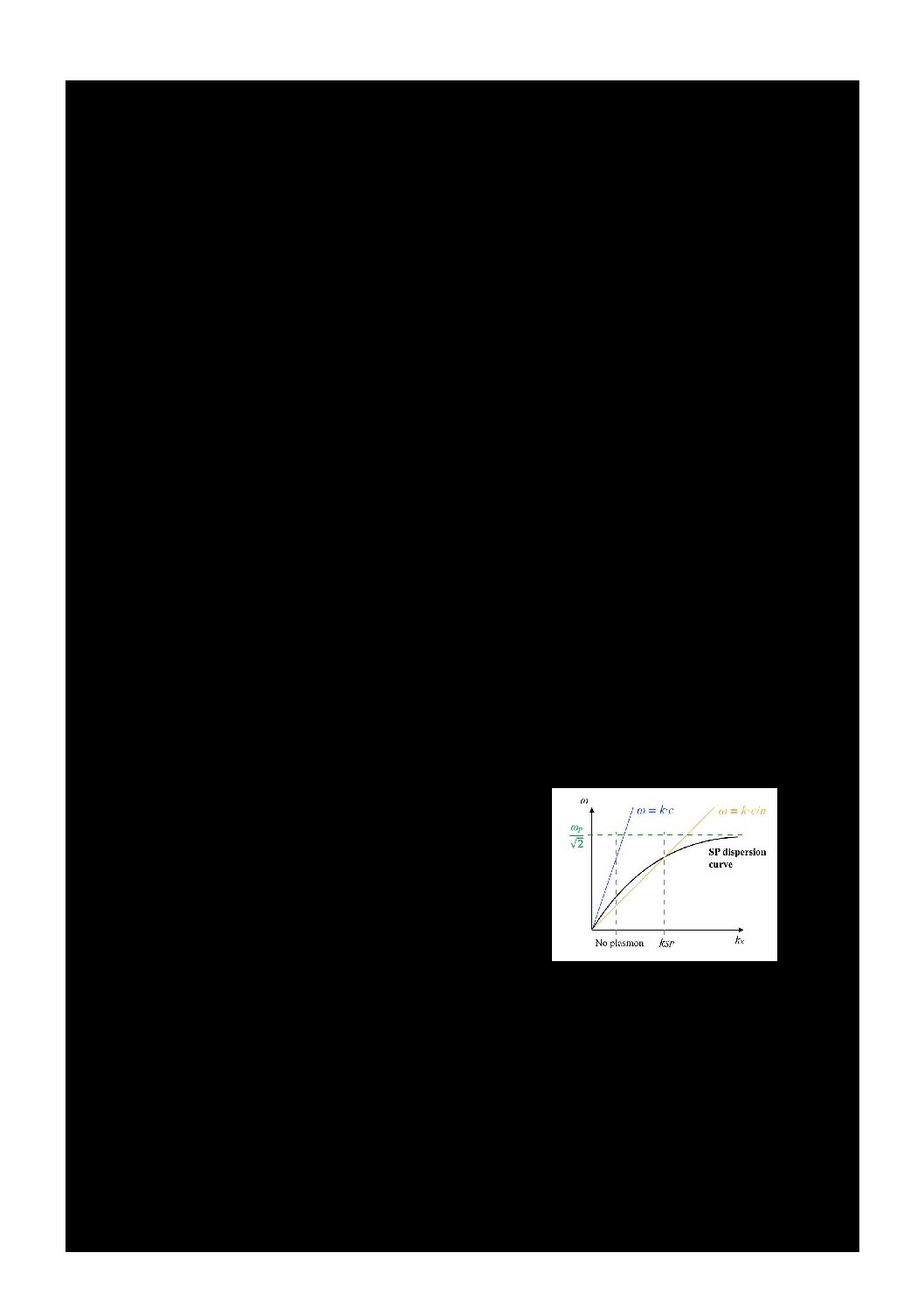- This topic has 5 replies, 2 voices, and was last updated 3 years, 9 months ago by
 Jawaduddin Abro.
Jawaduddin Abro.
-
AuthorPosts
-
-
July 7, 2020 at 4:34 am #67555
 Jawaduddin AbroParticipant
Jawaduddin AbroParticipantHi
i am designing structure no 1 in the article which is attached here. I have designed the same, but still cannot get the same results, can anyone tell me how can i calculate the reflectance from the observation line ? as they put in the figure no 6 reflectance is 0.1, 0.2, 0.3 ….
Kindly guide meThank you
Regards
JawadAttachments:
-
July 7, 2020 at 12:39 pm #67557
 Scott NewmanModerator
Scott NewmanModeratorJawaduddin,
I am guessing you are using the OptiFDTD product, you should post your questions there to ensure the right person finds it. Your reflectance is obtained by ensuring that your observation line is in the correct place and by using the “Power Spectrum” in the Analyzer, this can be found under the “Tools” menu option.
If you were to provide your design file (fdt) I would be able to give you a better idea. Also please let me know what version of the product you are using.
Scott
-
July 7, 2020 at 10:41 pm #67558
 Jawaduddin AbroParticipant
Jawaduddin AbroParticipantHi Scott
Thank you very much for your reply
I am using OptiFDTD v 12.0 Licensed version. My design file (fdt) is attached here.
In my design, I have used 2 observation lines, line 1 (reflection) is placed behind the input field for Reflection and line 2 (Transmission) is on the other side to see the transmission. In the simulation parameters under DFT Spectrum, I write 41 as no of samples, and wavelength range from 0.4 to 0.9.
But in the analyzer under Power Spectrum, when i select observation line 1 (Reflection) i can see the graph but i am not sure is it reflection or not?
In observation line 2 (transmission) i got 2 graphs, one is with absolute value and the other is without absolute value. Can you please tell me what is the mean by absolute value? So among all these 3 graphs which i consider for reflection and transmission?
Hope you got my point.Thank you.
Attachments:
-
July 8, 2020 at 11:36 am #67573
 Scott NewmanModerator
Scott NewmanModeratorThe Power Spectrum graph for Observation Line 1 is your reflection. The absolute value option is available because the sign for the power measured is based on its direction relative to the normal of the observation line. The normal for these lines is the +z axis which means any power moving in the -z direction (which is the case for your observation line 2) will be negative. For people who do not want direction to be a factor, checking the absolution option simply takes the absolute value so removes the negative.
Observation Line 1 has power moving in the +z direction so there is no observable difference between the absolute setting on or off.
Scott
-
July 9, 2020 at 3:29 am #67605
 Jawaduddin AbroParticipant
Jawaduddin AbroParticipantHi Scott
thank you for your reply
In observation line 1, i couldn’t find the reflectance, in line 2 with absolute value i find reflectance. Observation line 1 power spectrum graph is not look like reflectance, it is maybe the transmission and reflection is observation line 2 with Absolute value.
Like in the paper above is attached, the structure no 1 results shows graphs reflectance versus wavelength, the graph is dropping at some wavelength which i can see same case in my observation line 2 with absolute value not in the observation line 1.
Please correct me if i am wrong?Thank you
-
July 9, 2020 at 7:07 am #67607
 Jawaduddin AbroParticipant
Jawaduddin AbroParticipantHi Scott
I have got my reflectance from observation line 1.
In the above article attached, Structure 1 figure no. 6, they have used refractive index of the external medium as 1.33, 1.36, 1.39.
But i couldn’t find an option where should i have to put an external medium?
Is it in the initial properties under the wafer refractive index?
Please reply as soon as possible.
Your kind response will be appreciated.Thank you
-
-
AuthorPosts
- You must be logged in to reply to this topic.


